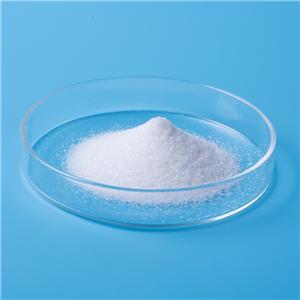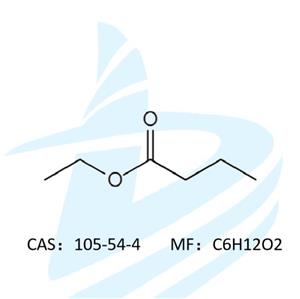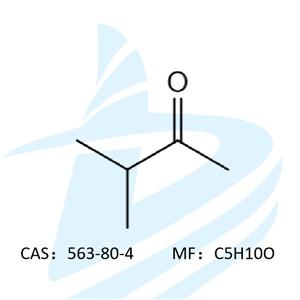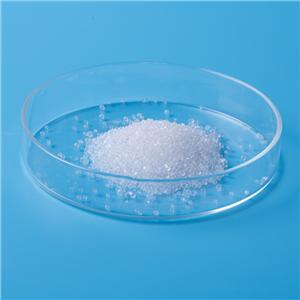Application of Tributyrate in poultry diets
Because of the special physiological structure, birds are more vulnerable to pathogenic microorganisms, among which the intestine is the most important site, so more and more studies focus on solving the intestinal health problems of birds. Tributyrate (TB) has a good regulatory effect on the improvement of intestinal morphology and intestinal micro ecological balance, which has become a hot topic in recent years. After Tributyrate enters the intestine, butyric acid can be produced by lipase, which can supply energy for intestinal mucosal epithelial cells and improve the growth of epithelial cells and the mucosal barrier. Only about 1% of tributyrin are decomposed in the stomach, not more than 10% in the cecum, while most of the tributyrin is decomposed in the intestine. Studies have shown that tributyrin can provide up to 75% of energy for the intestine. The intestinal tract is the only way to obtain nutrients, and it is also and internal. Therefore, intestinal health plays an important role in exerting the genetic growth potential of animals and resisting exogenous pathogens. Tributyrate acts on the intestine by targeted release, providing energy for the intestine, thus improving the health of the intestine and improving the production performance of poultry. As an effective source of butyrate, Tributyrate has been studied in animal production in recent years. At present, glycerol butyrate in poultry diet can significantly improve the intestinal epithelial structure and microbial flora, but the effect on production performance is different, from which we can see that the effect of tributyrate may be related to factors such as poultry variety, dietary nutrition level, feeding time, the addition of tributyrate (purity), the composition of glycerol butyrate (the content of glycerol monobutyrate, glycerol dibutyrate, and glycerol tributyrate), feeding environment and management. Tributyrate on the market is actually a mixture of glycerol tributyrate, glycerol dibutyrate and glycerol monobutyrate. The production process is different, and the proportion of glycerol tributyrate in the mixture varies greatly, although the names on the product label are all tributyrate. According to the results of the market samples obtained by the author, the content of tributyrate in the product is significantly different (40%~60%). Because there is no corresponding national test standard, the selection and evaluation method of tributyrin and its targeted application in poultry diets need to be further studied.




